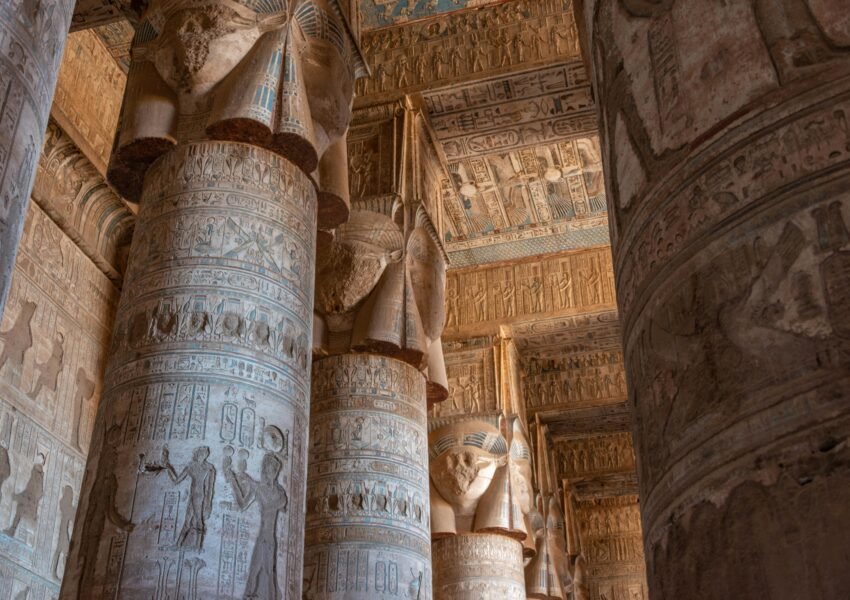The Temple of Dendur is a remarkable relic of ancient Egyptian architecture and religious practice. Originally erected in…
The Sphinx is one of the most iconic and enigmatic symbols of ancient Egypt. With its majestic lion’s…
Among the myriad deities in ancient Egyptian religion, Sobek, the crocodile god, stands out for his fearsome appearance…
Among the many wonders of ancient Egypt, the Solar Boat of Khufu stands out. This remarkable artifact highlights…
Deep beneath the Mediterranean Sea, you’ll find one of Egypt’s most intriguing mysteries: the ancient city of Thonis-Heracleion.…
Located on the Giza Plateau near Cairo, Egypt, the Pyramids of Giza stand as an astonishing tribute to…
Dendera Temple stands as one of Egypt’s best-preserved temples. Located on the Nile’s west bank, about 60 kilometers…
Standing proudly on the western bank of the Nile River, the Colossi of Memnon captivate travelers and historians…
Nestled on the west bank of the Nile near Luxor, the Valley of the Nobles offers a fascinating…
The Valley of the Queens, located near Luxor on the Nile’s west bank, is a fascinating yet often-overlooked…
Nestled in the rugged hills of Luxor’s west bank, the Valley of the Kings holds an enduring legacy…
Nestled on the west bank of the Nile near the Valley of the Kings in Luxor, Hatshepsut Temple,…















